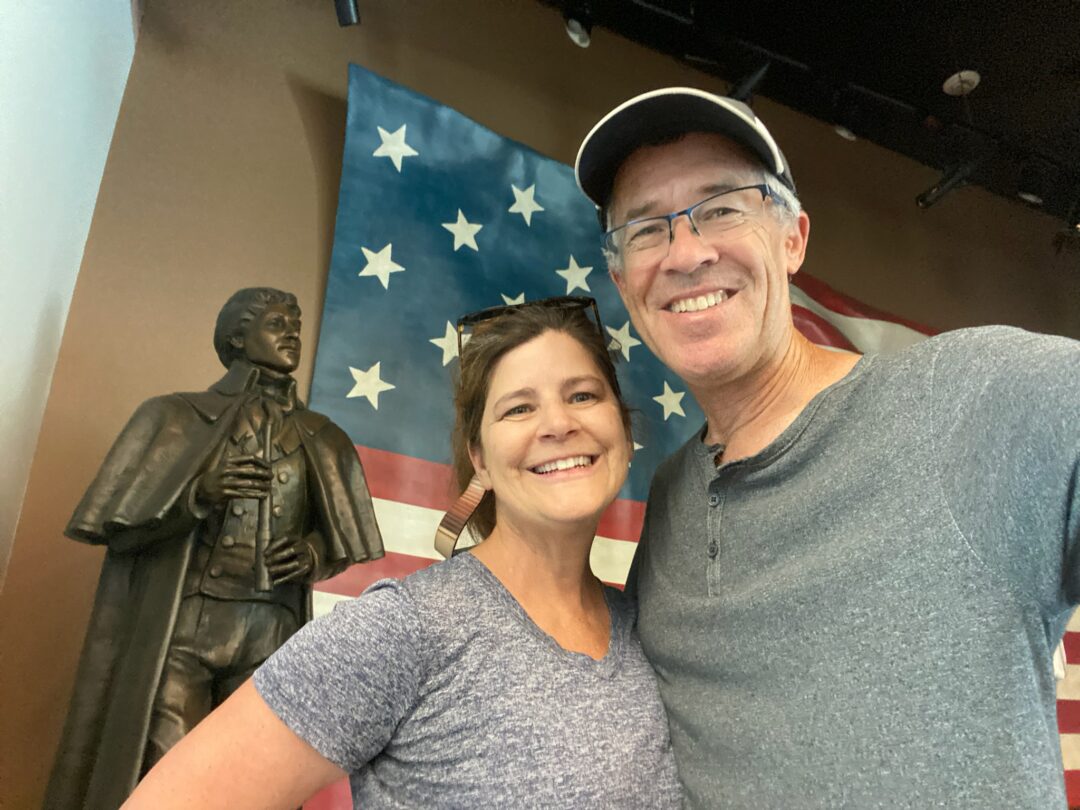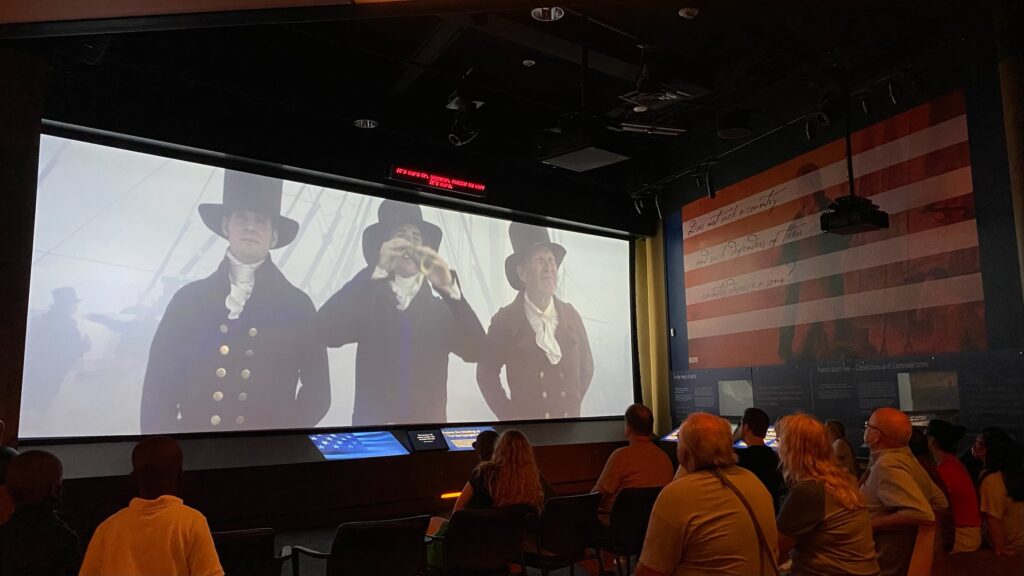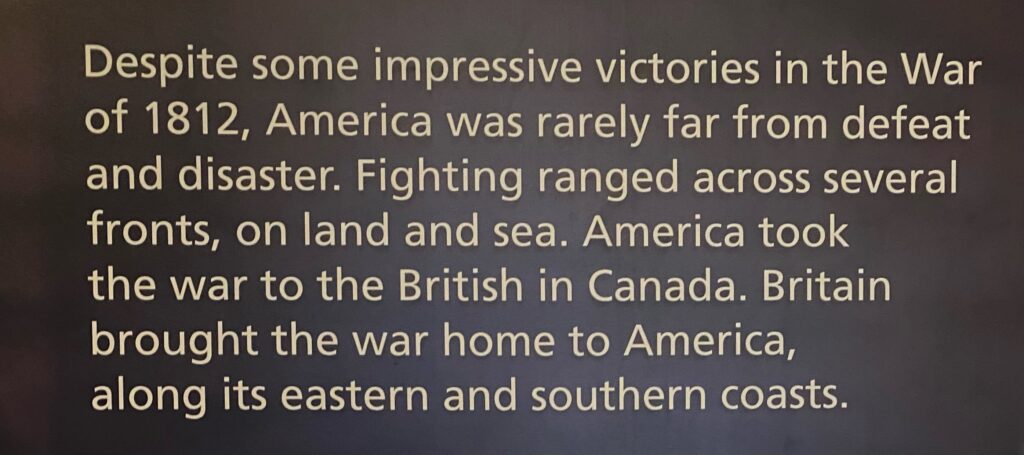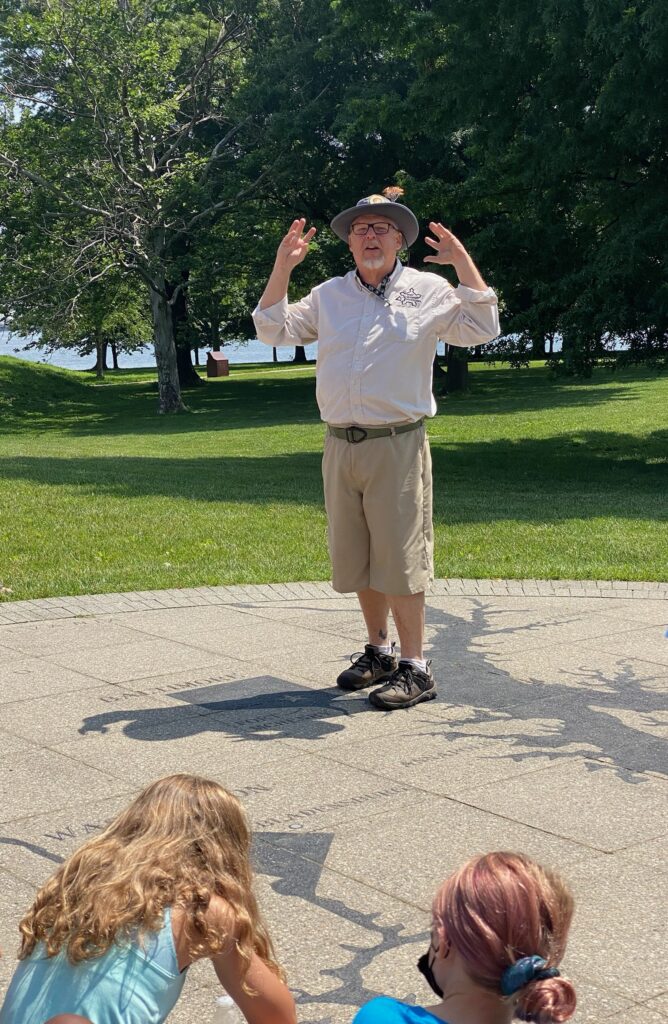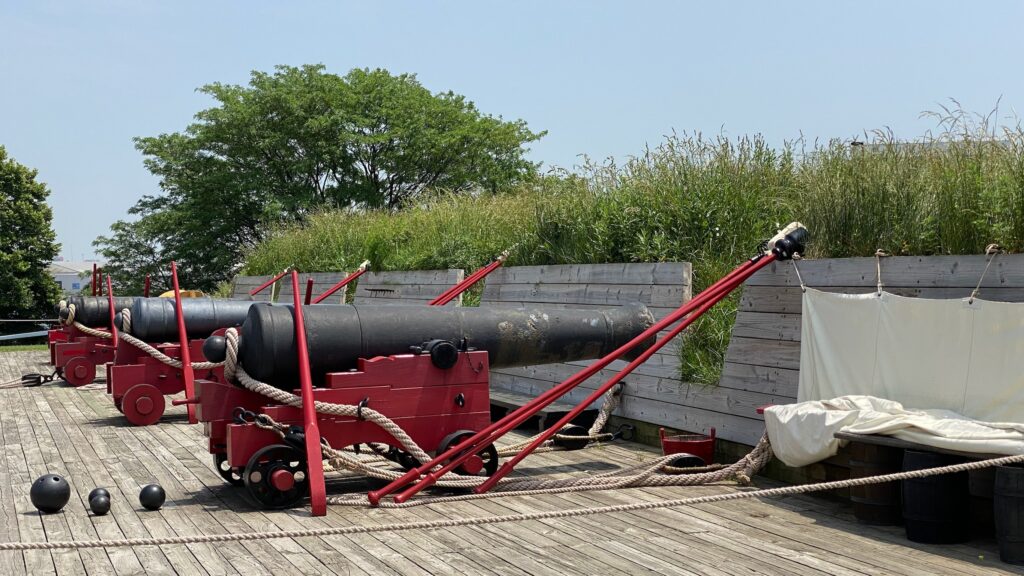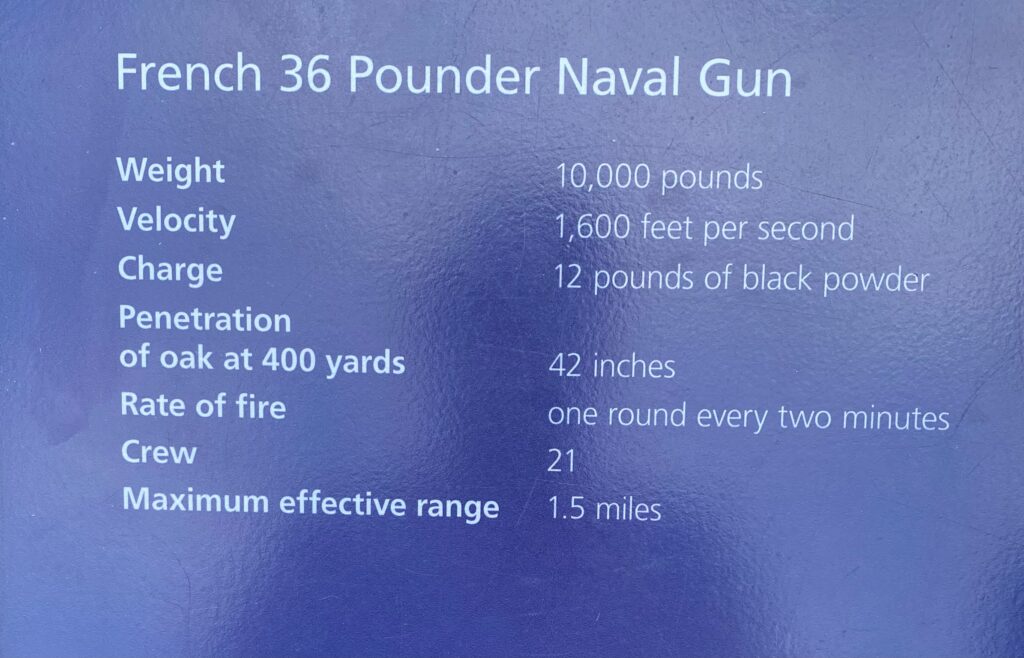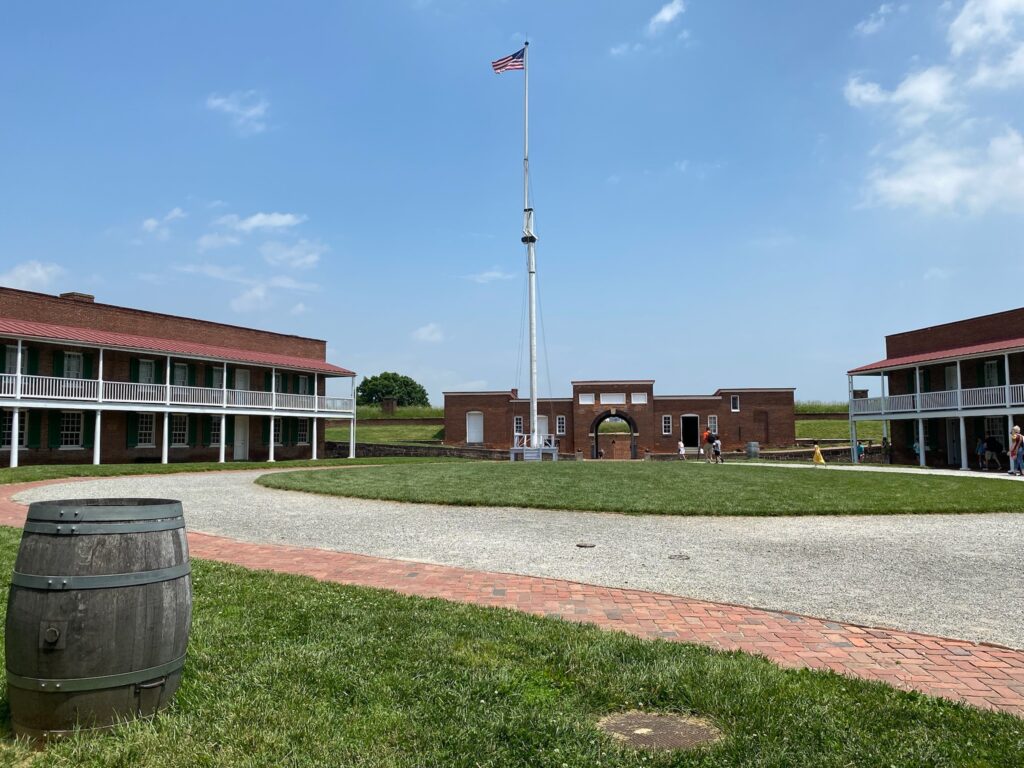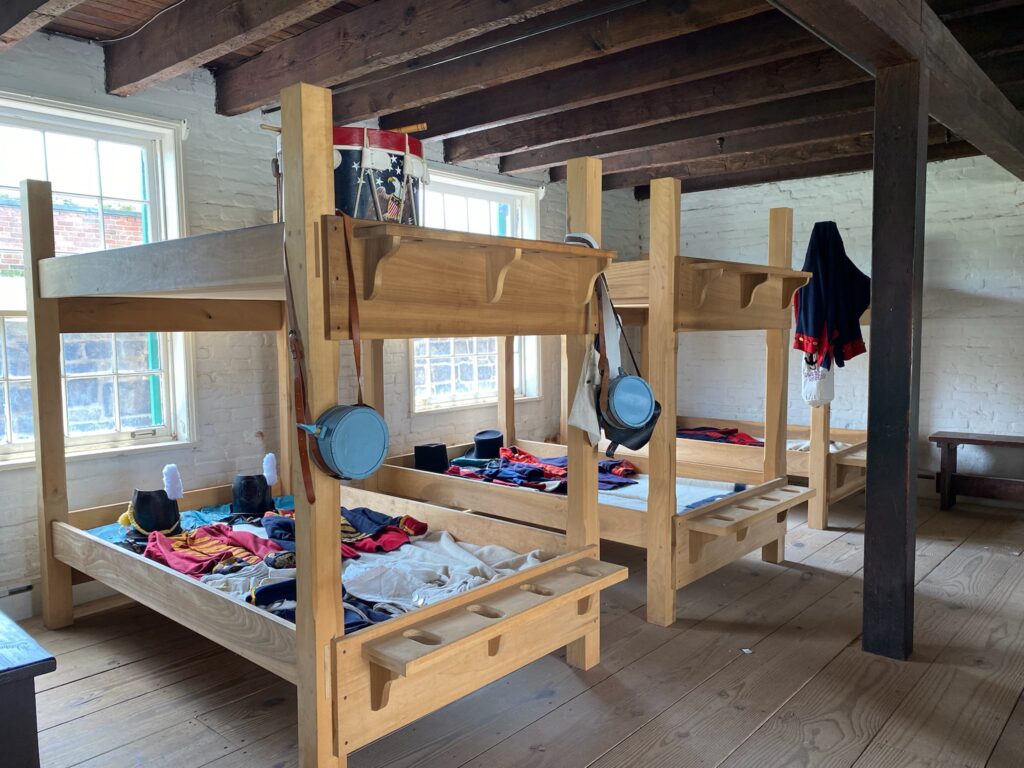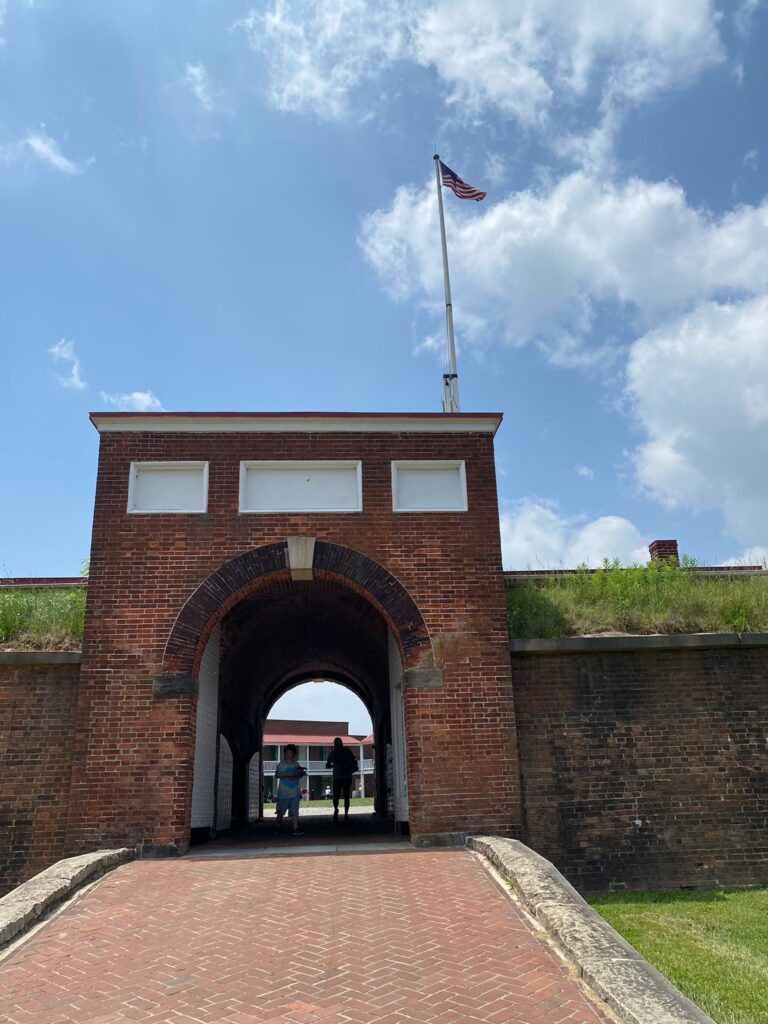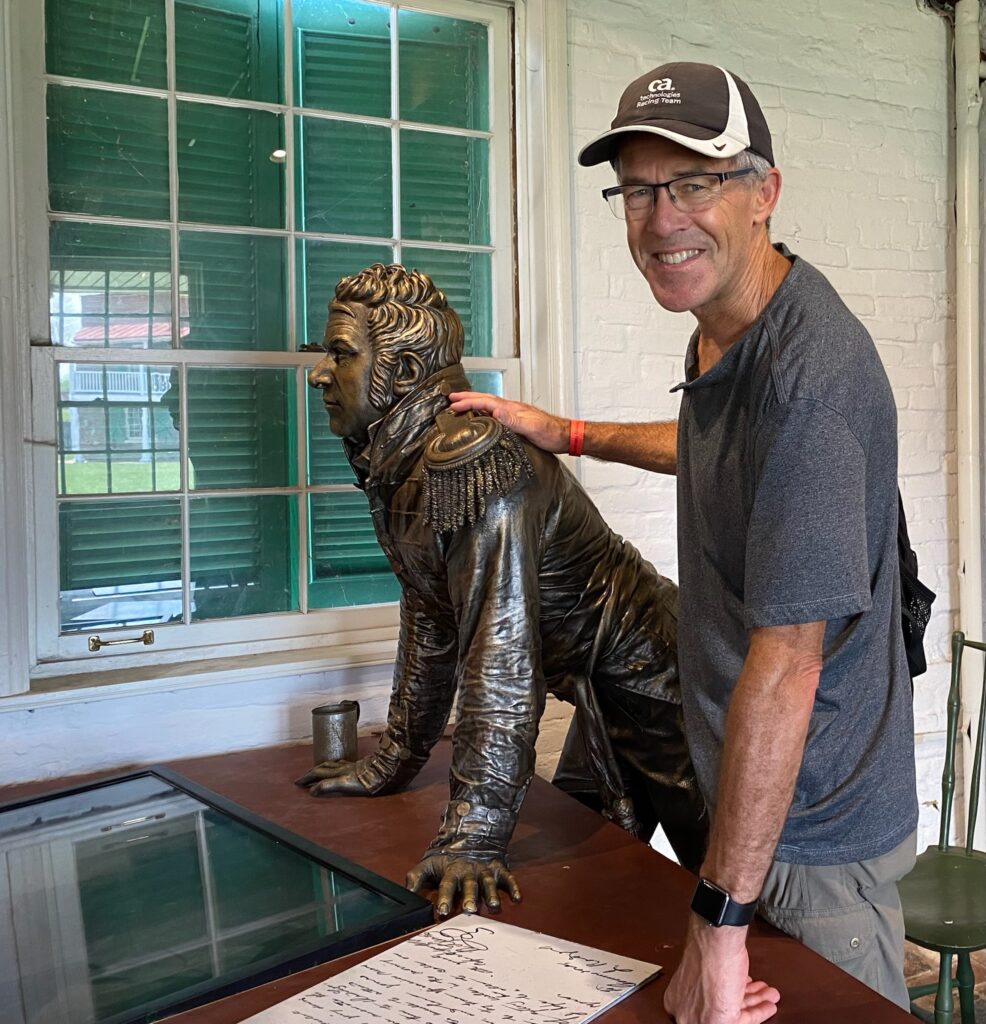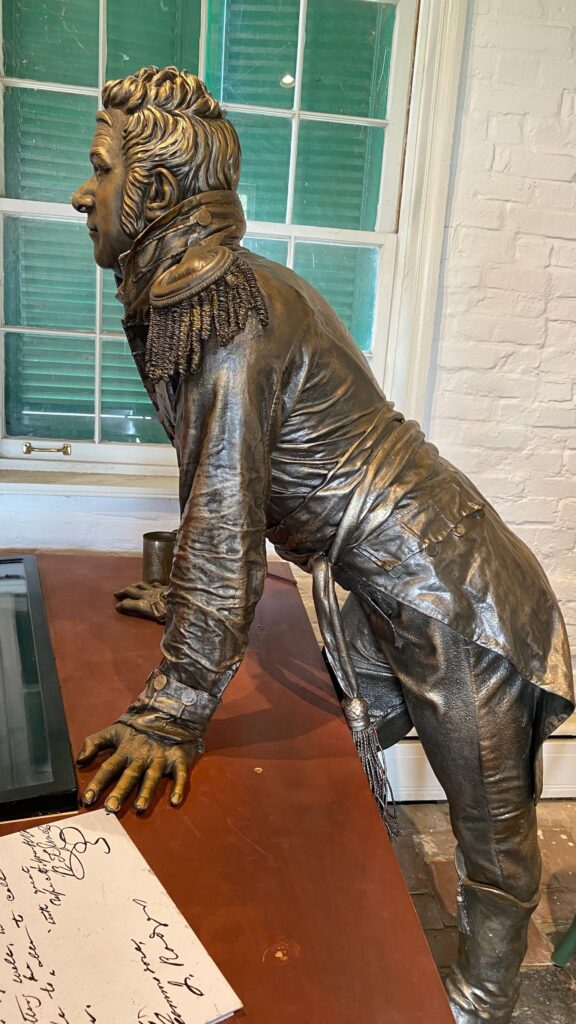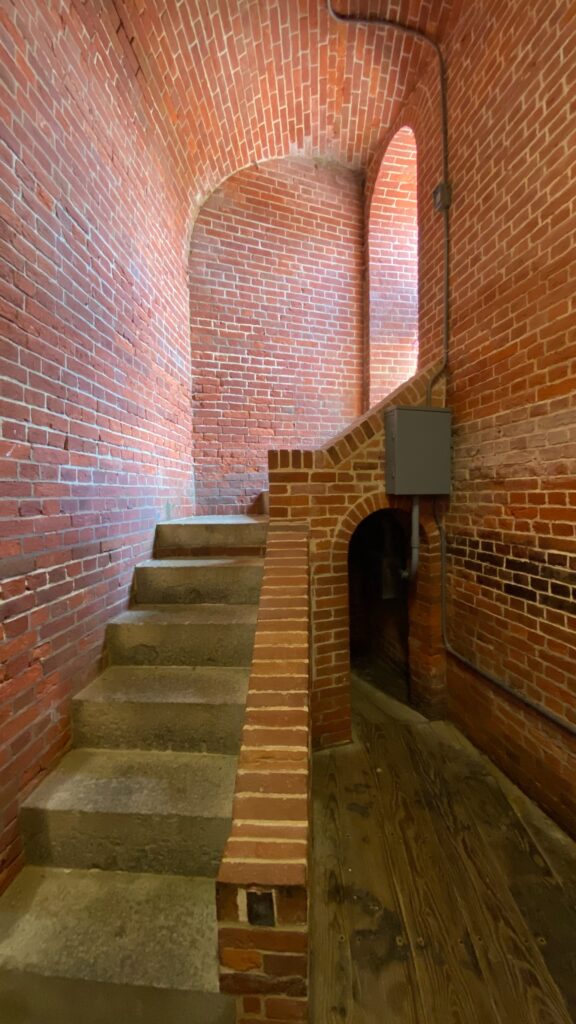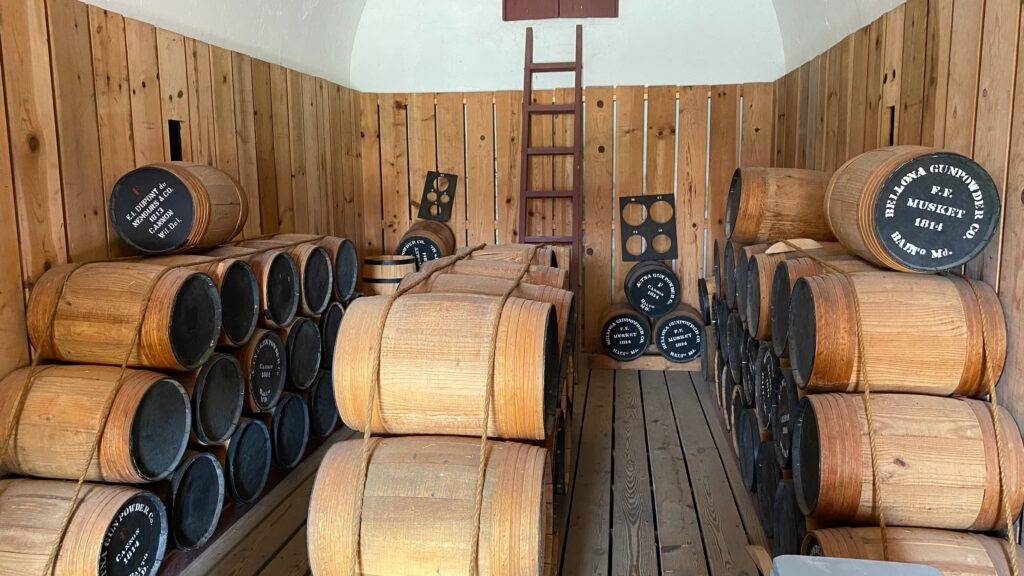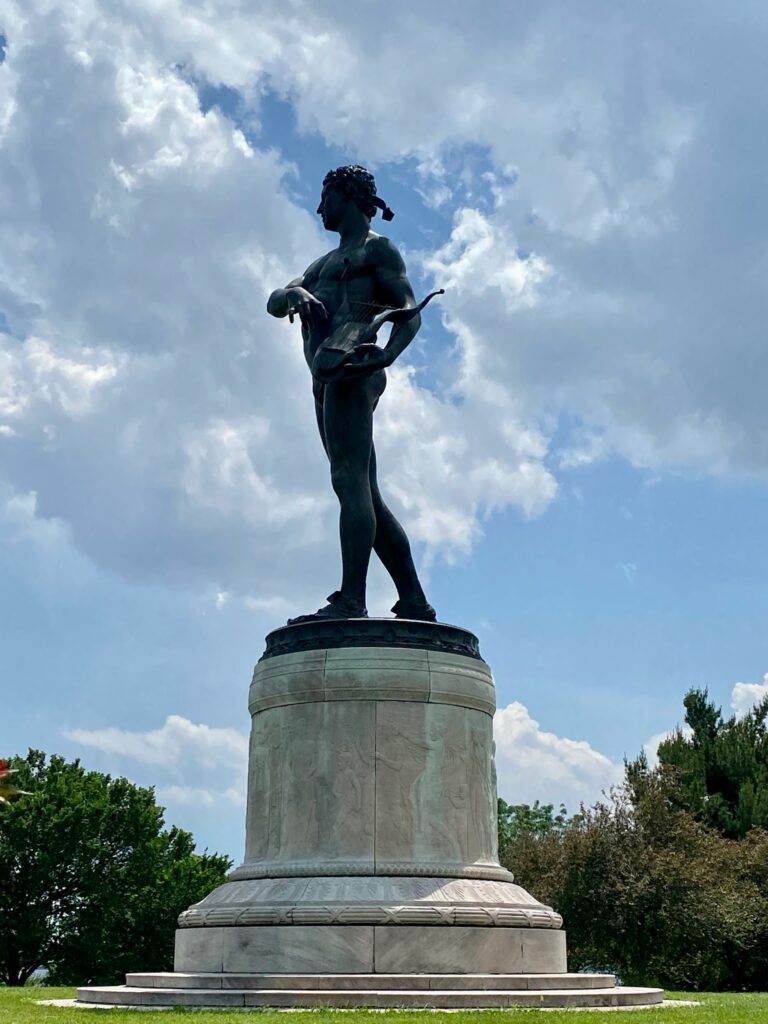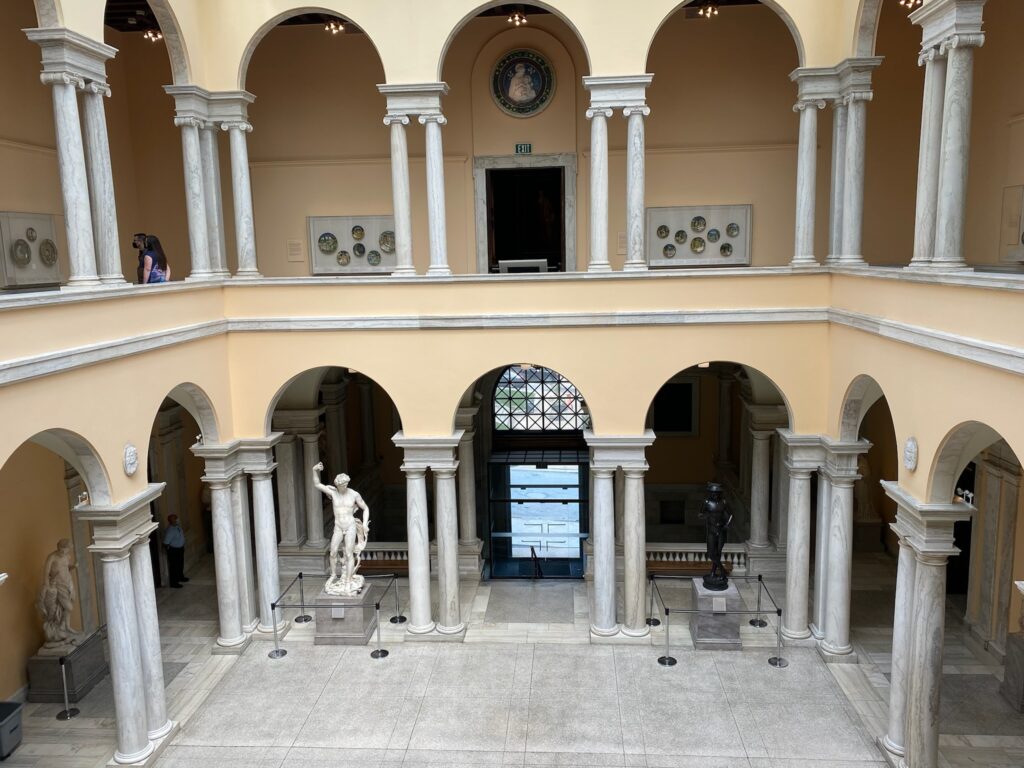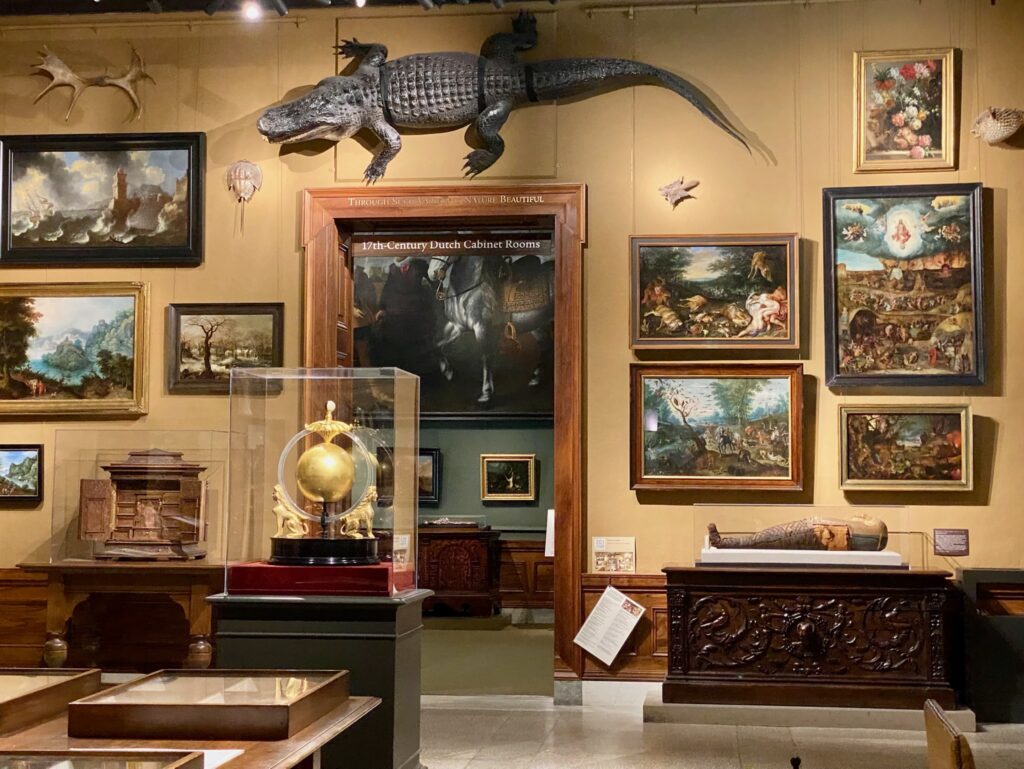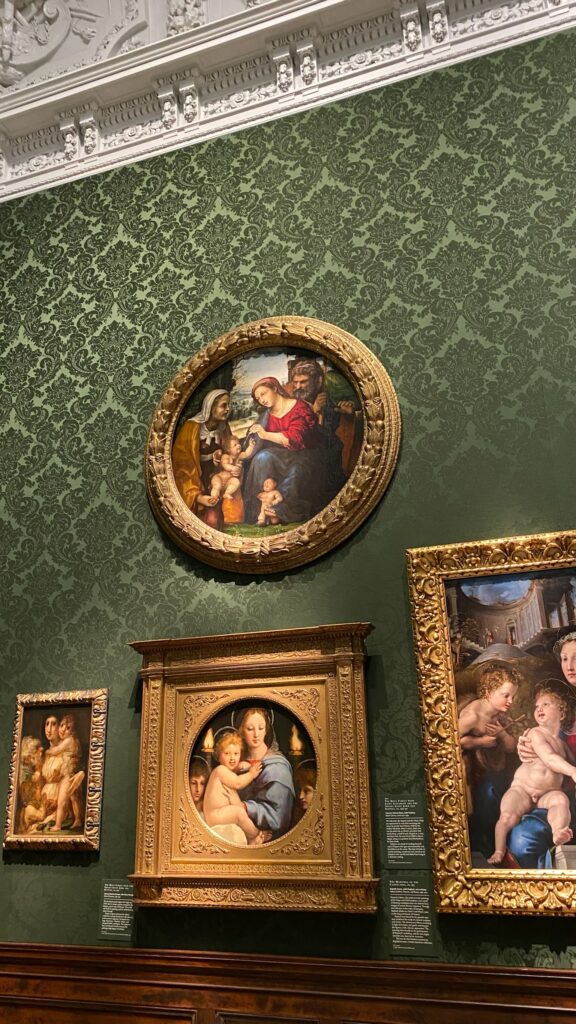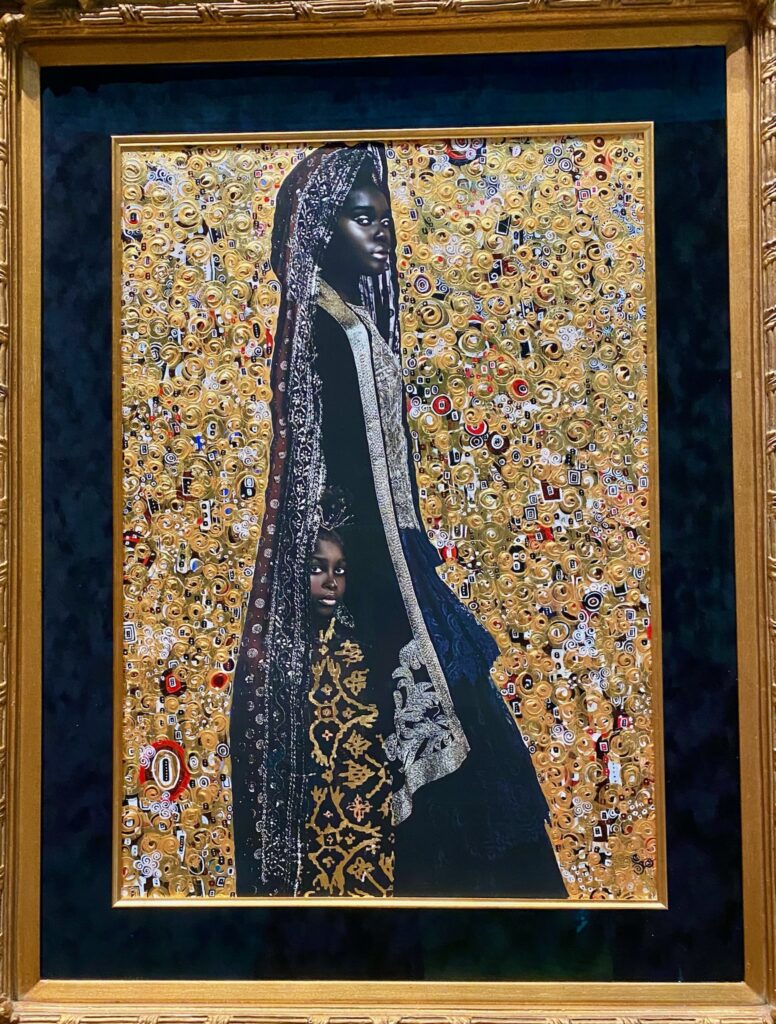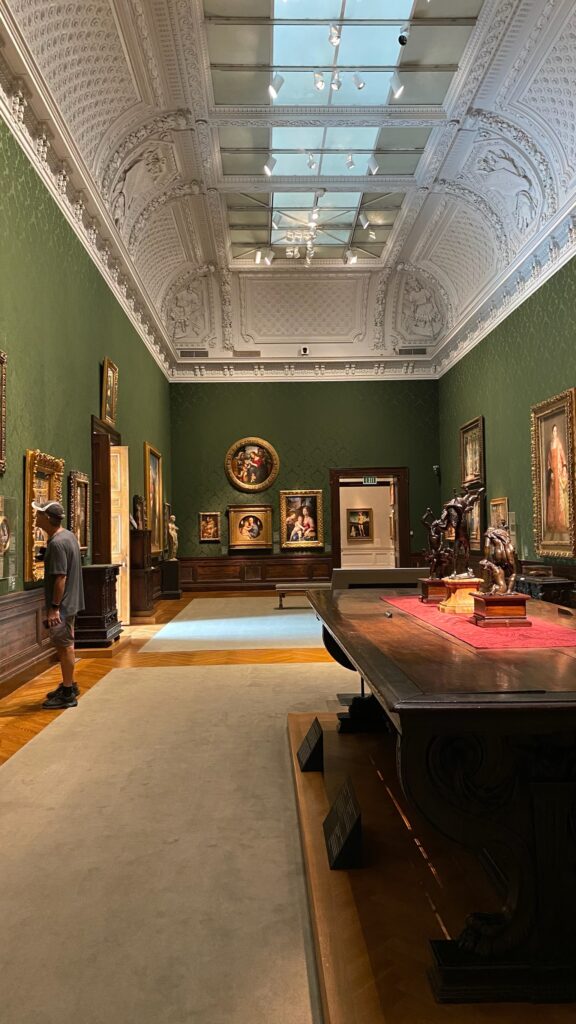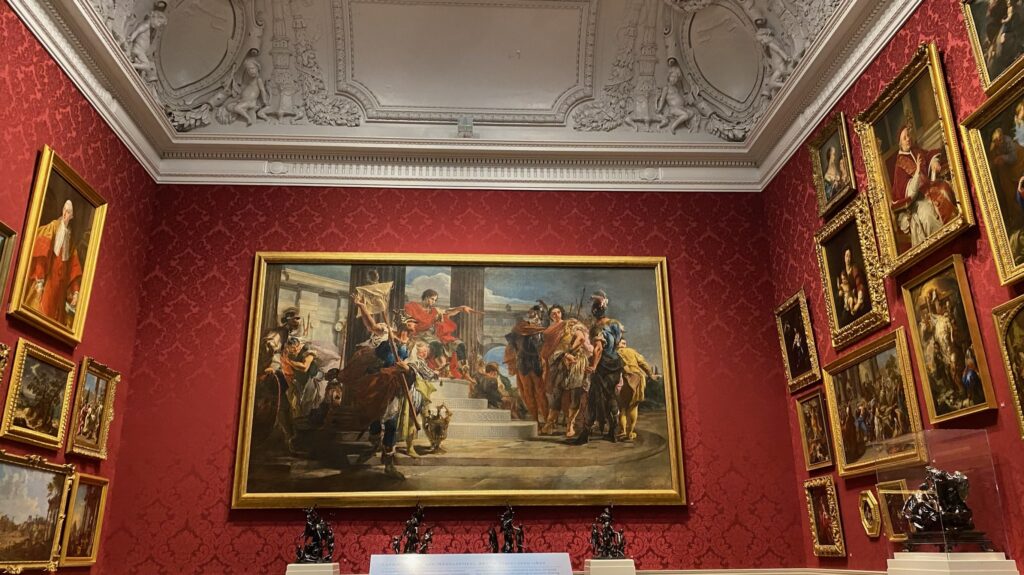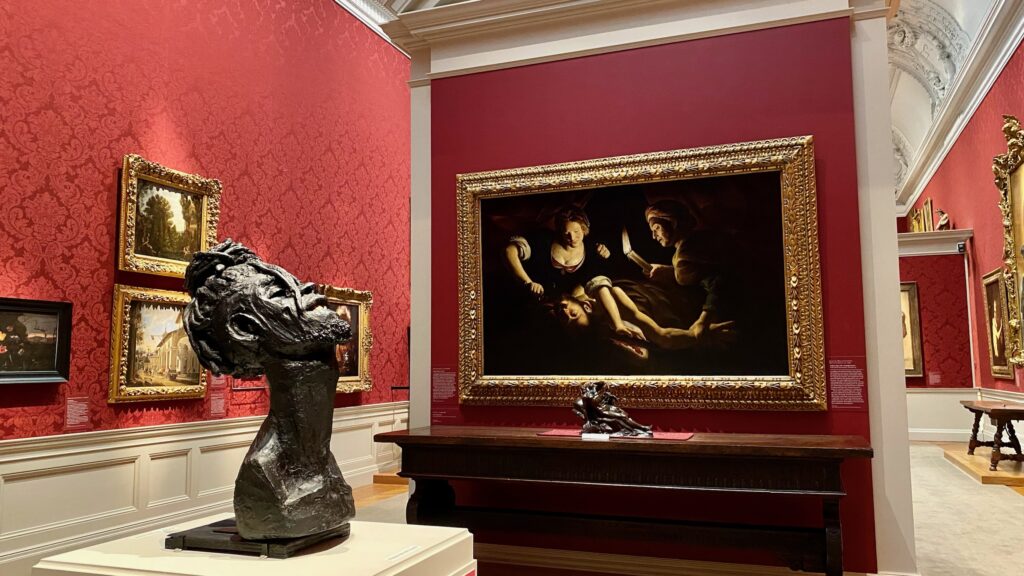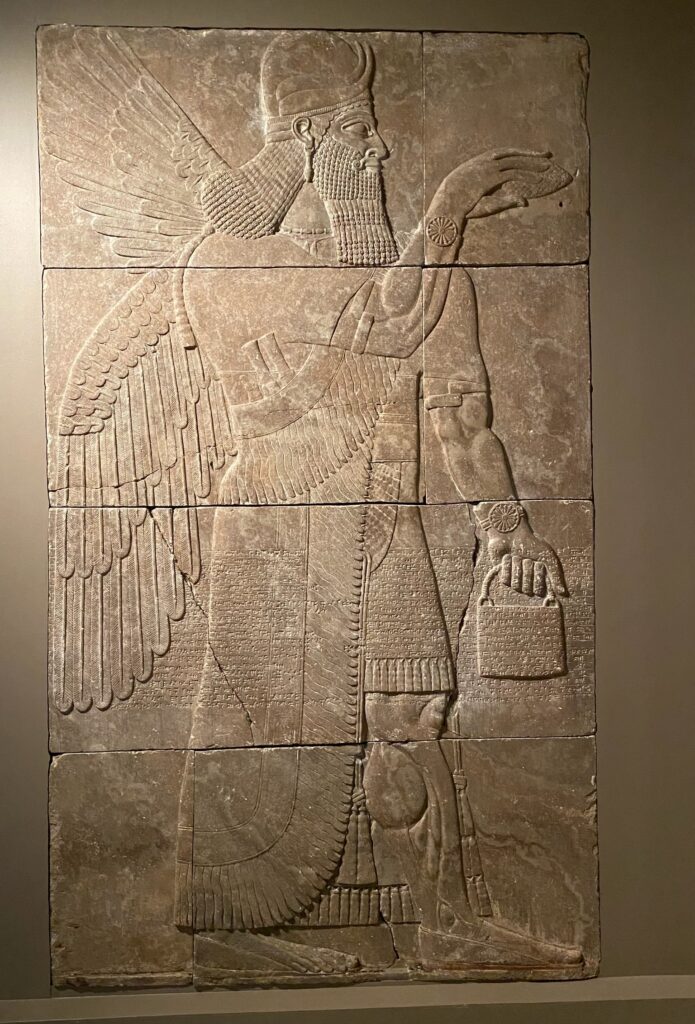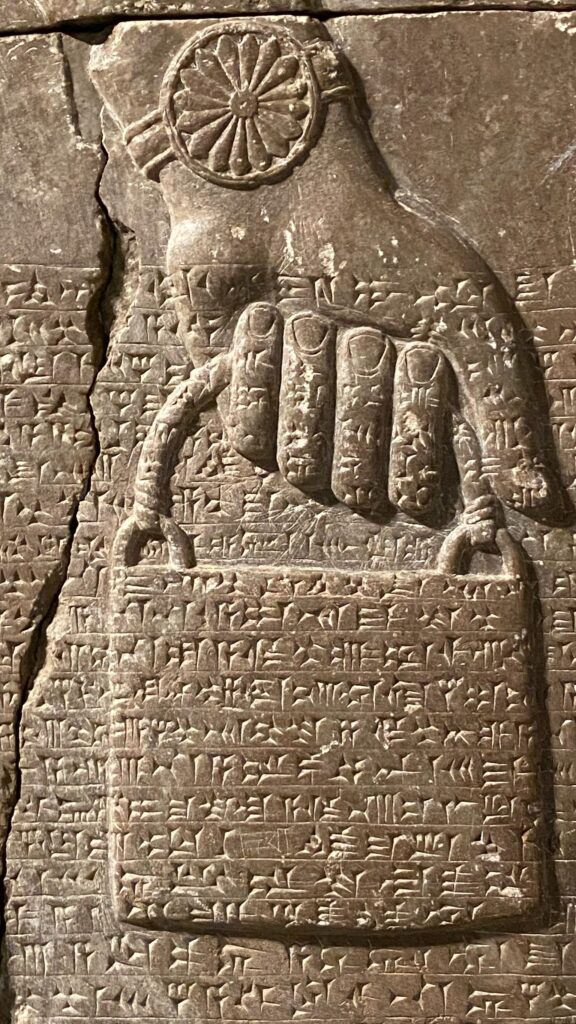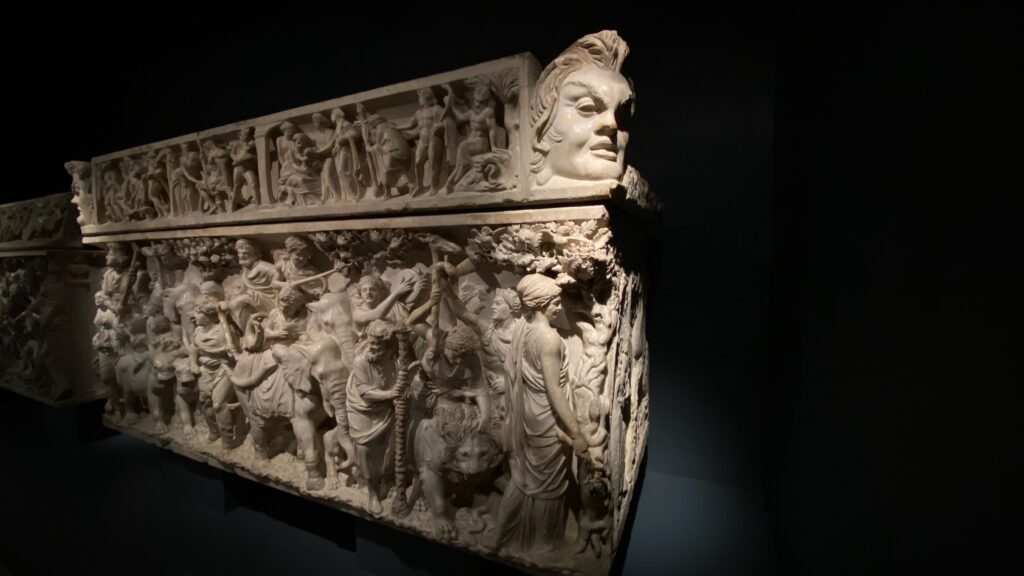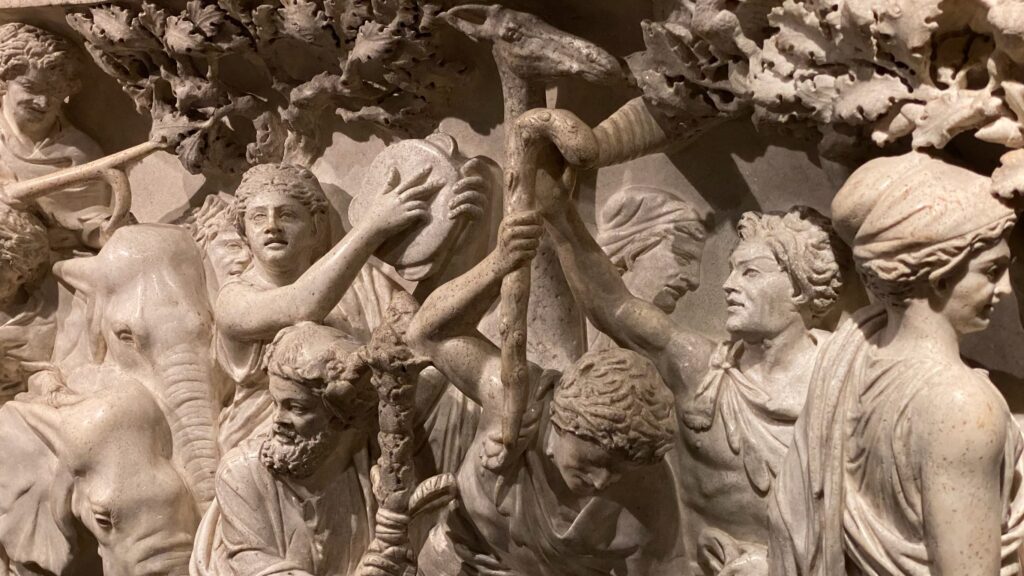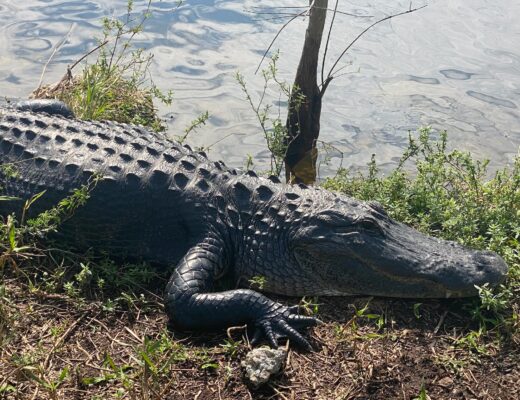There is no doubt that the third verse of “Star Bangled Banner” is controversial, and scholars continue to debate whether Francis Scott Key, a known slave holder, wrote the verse as a threat to African slaves or whether it wasn’t literal, but in reference to men carrying out the wishes of the more powerful British empire. Who knows what his intentions were, so we don’t intend to defend this song as our national anthem given that it offends so many, but, as lovers of history we enjoyed this trip to Fort McHenry National Monument and Historic Shrine (the only “shrine” in the National Park system).
Finally, this stop clarified “the forgotten war” of 1812 as it was the closing hours of a key battle between the British and the newly formed US to defend Baltimore that inspired Francis Scott Key to write the poem that has since become our national anthem.
By 1814, 50 British warships and 4,500 troops had assembled in the Chesapeake area. Their intent was to hurt the US economy and strike at morale, making Washington DC and Baltimore key targets. The British blockades created food supply problems in most cities, exports dropped by 90% and imports by 75%. When the British raiders turned toward DC, widespread panic set in and their attack and White House occupation sent the president and Dolly Madison (who saved the Declaration of Independence, the Constitution, and much of George Washington’s correspondence) fleeing.
This same year, the British navy bombarded Fort McHenry in an unsuccessful attack on Baltimore. Francis Scott Key was in the harbor after the long night of bombing and in the morning when he looked over and saw the fort’s gigantic American Flag, he knew that the US under George Armistead’s command had successfully defended the fort and Baltimore. He wrote the poem, “Oh say can you see by the dawn’s early light…”
The poem was later put to music and in 1861, the song was voted the most popular song by readers of “Harper’s Weekly”. The Confederate States adopted a new flag and rewrote the lyrics. This museum claims that the popularity of the song actually drove the use and love of the flag. It became the national anthem in 1931 (117 years later). During the 1968 Olympics, John Carlos and Tommie Smith raised their fists in protest to the song and the anthem has been controversial since.
Besides the massive flag that flew at Fort McHenry in 1814 and the history of the poem turned anthem; the fort and the buildings within it have been restored to allow a self-led walking tour. In addition, the battle, but more importantly, the entire War of 1812 along with the details leading up to this battle were fascinating. The visitor center used an almost 3-D movie to tell the story and we, along with all the other learning 4th graders, loved the employee-led talk that took place outside with a map of the area on the ground.
In 1916, a statue competition was held to honor Francis Scott Key and the defenders of Baltimore. This statue of “Orpheus” by Charles Niehaus, won.
In the afternoon, we made the short drive into downtown Baltimore. We parked at Mt. Vernon Square Park with its large monuments, an ornate United Methodist Church, the Peabody Conservatory and library, and the unassuming and stunningly curated Walters Art Museum. The Walters Art Museum is one man’s art collection. William T. Walter made his fortune in the liquor trade and East Coast railroads. It’s one of my favorite art museums to date!
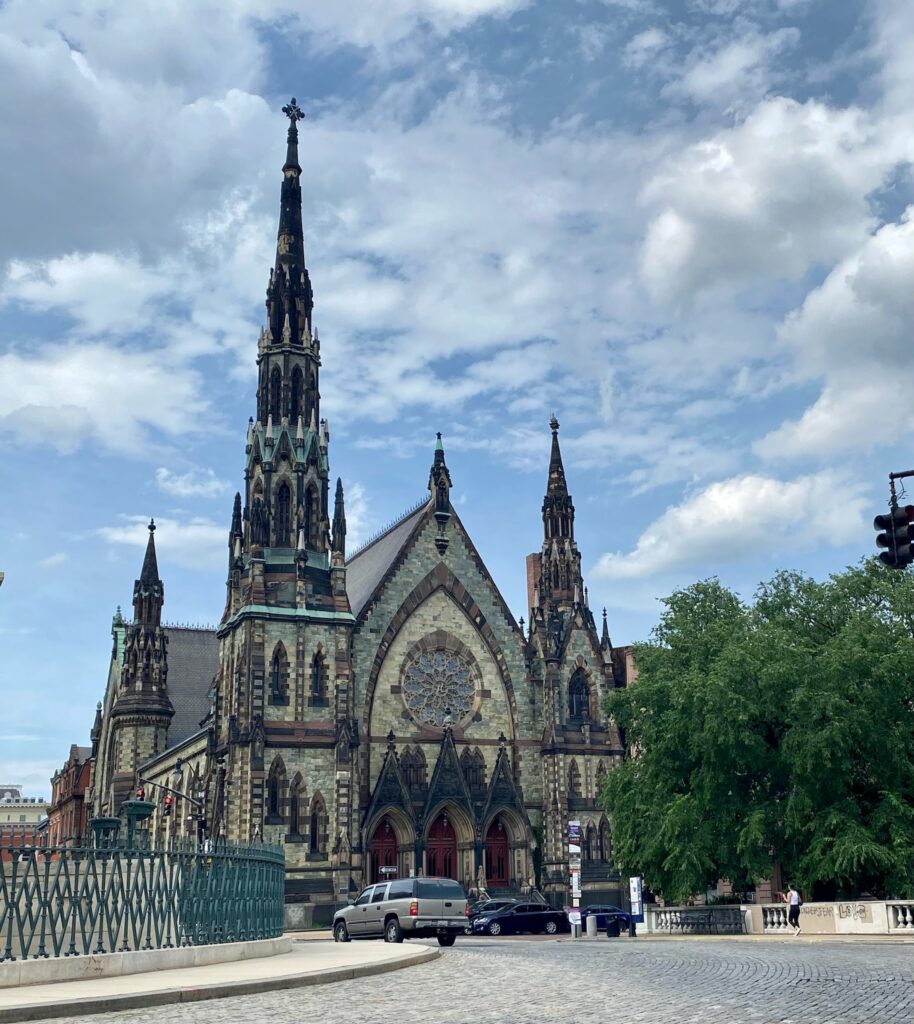
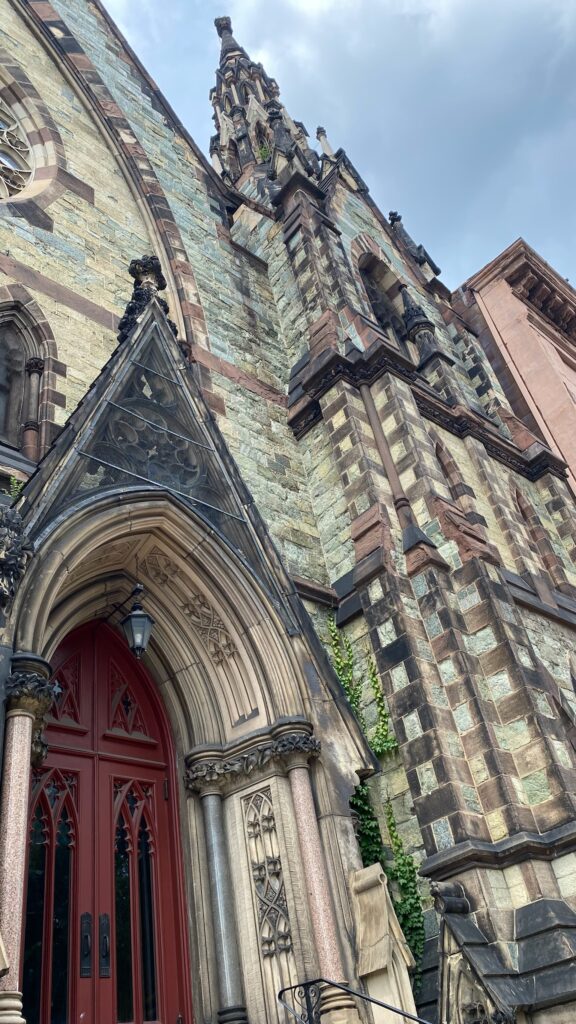
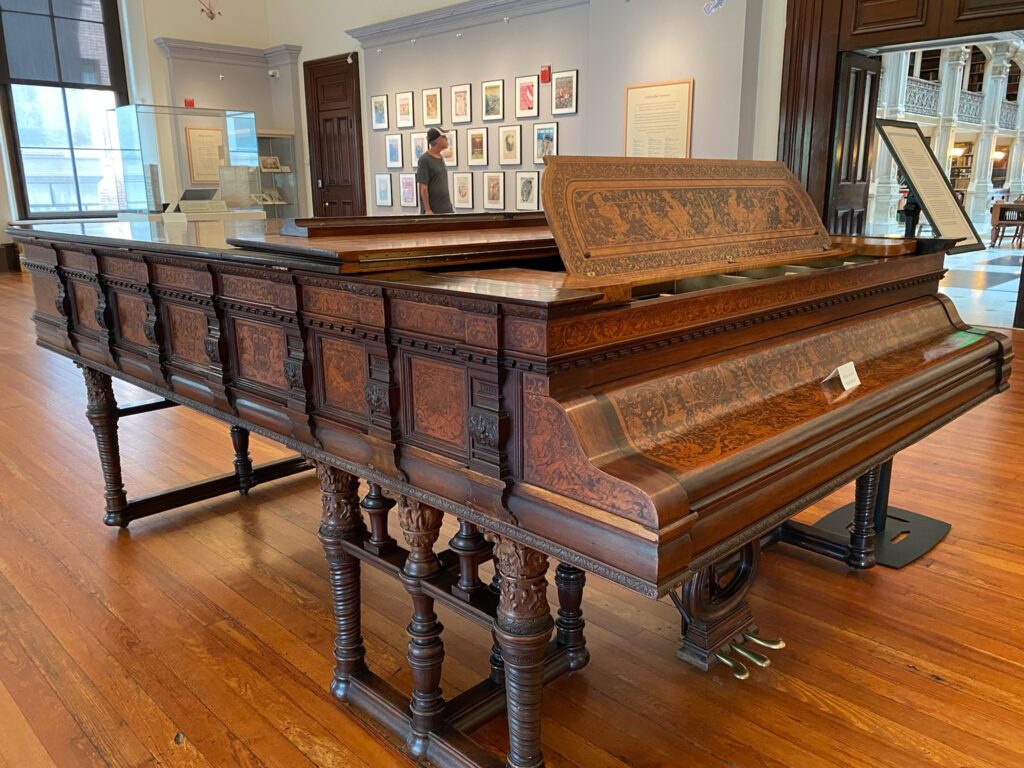
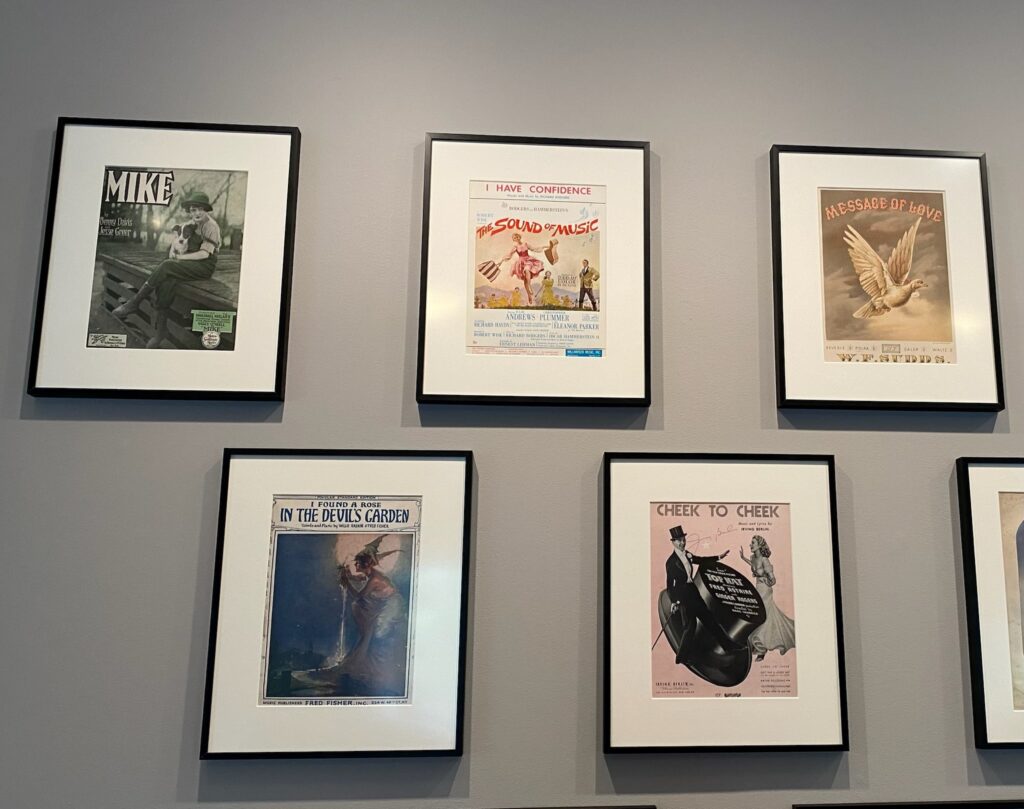
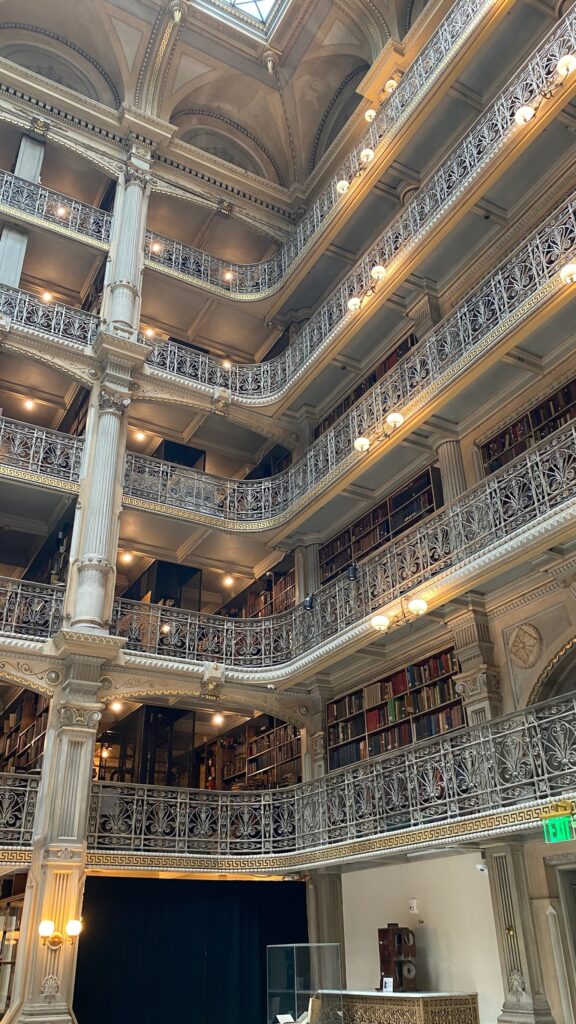
Peabody Library
Baltimore has such deep American history, and this stop really explained the War of 1812 well. Additionally, historic downtown is great and the beautifully curated Walter’s Art Museum is a must-see! It’s one of my new favorites!

